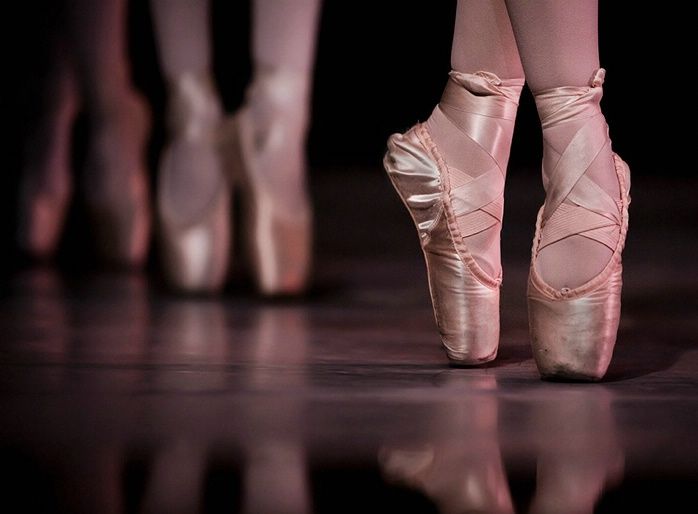Published in Science Direct, October 2020
Dance Medicine specialist Dr. Shah’s latest publication is an update to her original article geared towards clinicians to help determine if a dancer is ready to start dancing on pointe.
Introduction
Classical ballet originated in aristocratic Italy in the fifteenth century and has enchanted audiences all around the world since it was popularized under the reign of Louis XIV in France almost 200 years later.1 Over the centuries, ballet has transformed in terms of its shoes, costumes, and choreography. Dancing en pointe(on the tips of the toes) was introduced in 1832 by Marie Taglioni at the Paris Opera Ballet, theoretically to allow the audience to see the dancer’s feet more clearly.2Dancing en pointe became popular quickly and is widely considered a requirement for female dancers to be hired by professional ballet companies. Significantly fewer male dancers also dance en pointe professionally.
For many young ballet dancers, especially female dancers, dancing en pointe is the ultimate goal after years of training, regardless of their future career aspirations. Dancing en pointe is an achievement that requires skill and determination.
Each dance studio has a different method for advancing dancers to pointe work with no standardization; some are stricter than others. For example, some studios may audition each dancer individually, whereas some may advance an entire class without individualizing the decision and others may require an evaluation by a medical professional prior to starting. Unfortunately, in recent years, there has been an increasing trend toward parental pressure influencing advancement of dancers who may not be ready for pointe, which can put a studio in a compromising position in terms of doing what is right while trying to retain students. Some studios maintain strict adherence to the requirements of advancement for pointe work, whereas others may give in to the pressure due to financial burdens for fear of losing students to another studio with less stringent rules. Thus, it is important for health practitioners who may be consulted for recommendations for advancement for pointe work to be comfortable with the evaluation and explain the decision.
Determining if a dancer is ready for pointe requires an understanding of anatomic requirements, ballet technique, and the skills required for pointe work. Ideally, a health practitioner has had danced ballet, either recreationally or professionally, especially dancing en pointe, because this makes evaluating the skill set required for a successful transition to dancing en pointe easier. Even without ballet experience, however, a health practitioner still can perform an evaluation based on understanding how to perform the examination and perhaps gain some practical experience either by taking an introductory ballet class or observing ballet and pointe classes.

